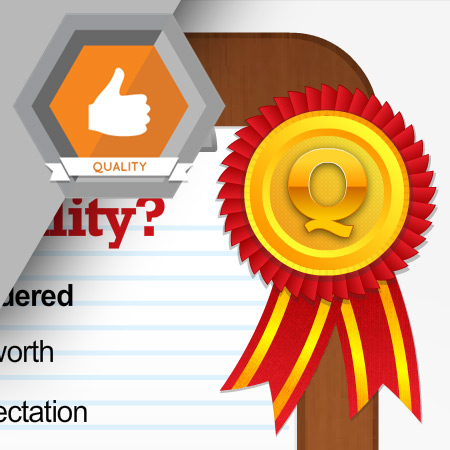
Quality is a term that is mentioned often, but what does it really mean? This course defines terms, like quality and Total Quality Management (TQM), and how these terms apply to manufacturing companies.
Learning Objectives
- Define quality, customer, and expectations
- Identify the source of expectations
- Define quality management systems
- Describe the history of quality management systems
- Define Total Quality Management (TQM)
- List the principles of TQM
- Identify who is involved in quality
- Give examples of how customers and companies benefit from quality systems
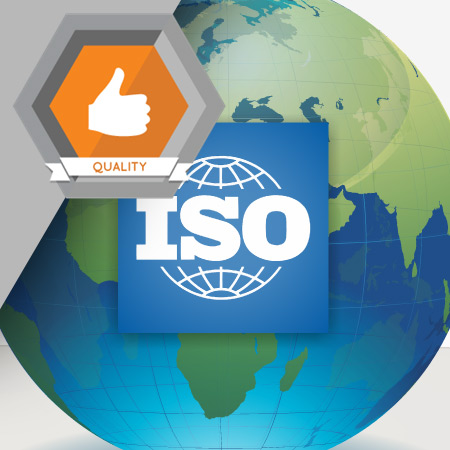
International standards are a way of overcoming technical barriers to global trade. The most prominent organization that develops these standards is the International Organization for Standardization (ISO).
Learning Objectives
- Describe the International Organization for Standardization (ISO)
- Define ISO standard
- Describe the Plan, Do, Check, Act (PDCA) cycle as applied to ISO standards
- State the goals of ISO 9001:2000
- Describe some of the industries impacted by ISO standards
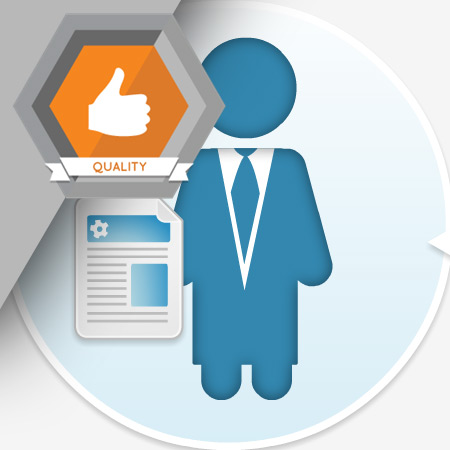
Standards organizations develop, coordinate, distribute, revise, issue, interpret, and otherwise produce standards intended to address the needs of affected adopters.
Learning Objectives
- Define standards
- Define technical standards
- Define standards organizations
- Describe the uses of standards
- State the purpose of international standards
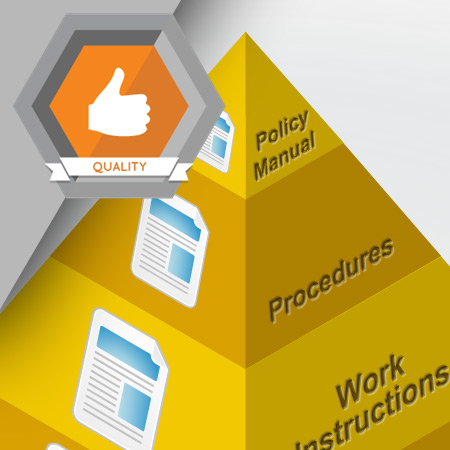
Implementing a quality system requires a support organization that spans the entire company. The organizational structure reflects the company structure and the requirements of the products being produced.
Learning Objectives
- Define quality organization
- Describe where a quality system comes from
- Identify the four levels of quality documentation
- Identify some typical parts of a quality organization
- Discuss the roles and the challenges quality organizations face
- Explain why quality personnel must be independent
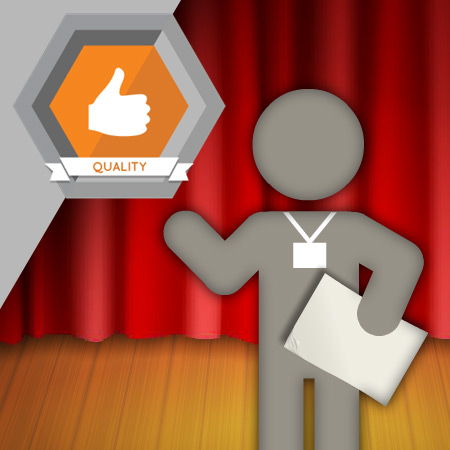
Quality assurance is a company-wide effort with responsibilities extending to every employee. Within a company’s quality program, there are a few basic roles with responsibilities that must be fulfilled.
Learning Objectives
- Define role
- Define responsibilities
- Define fulfillment of requirements
- Describe the roles and responsibilities of Quality Assurance personnel
- Define inspection
- Describe the inspection process

Quality is based on the wants, needs, and expectations of the customer. In this course, you will be introduced to the concepts of product quality, the types of customers and how to meet their expectations.
Learning Objectives
- Define product quality
- Identify the difference between internal and external customers
- Define specification
- Define tolerance and explain its importance
- Identify the roles of management and production workers regarding quality
- Describe how quality teams work
